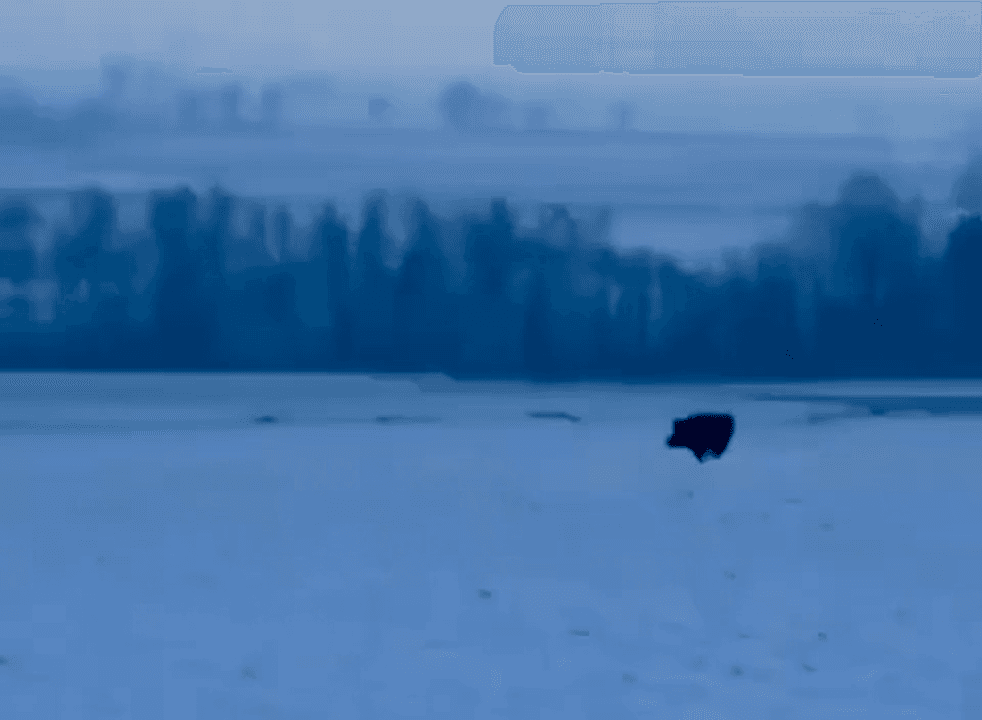
Jagd im KYFFHÄUSER: Landschaftsbild und jagdliche Gegebenheiten, charakteristische Jagdbedingungen und zeitliche Regelungen der Jagdausübung Landschaftsbild und jagdliche Gegebenheiten im Kyffhäuser Das Kyffhäusergebirge präsentiert sich Jägern als abwechslungsreiches Terrain mit dichten Laubwäldern, sonnigen Kalkhängen und weitläufigen Feldfluren. Der markante Gebirgszug, dessen höchste Erhebung der Kulpenberg darstellt, beherbergt unterschiedlichste Biotope. Besondere Beachtung verdienen die charakteristischen Dolomitfelsen und Trockenrasen, die zahlreichen Wildarten Unterschlupf bieten. Zusammensetzung der Jägerschaft in der Region Rund 1.200 aktive Jäger sind in der Kyffhäuserregion registriert, was einer leicht überdurchschnittlichen Jägerdichte entspricht. Die örtliche Jägerschaft zeichnet sich durch einen hohen Anteil an Land- und Forstwirten aus, die das Revier seit Generationen bewirtschaften. In den letzten Jahren zeigt sich ein positiver Trend bei der Jungjägerausbildun
Post: 6 August 08:02
















































